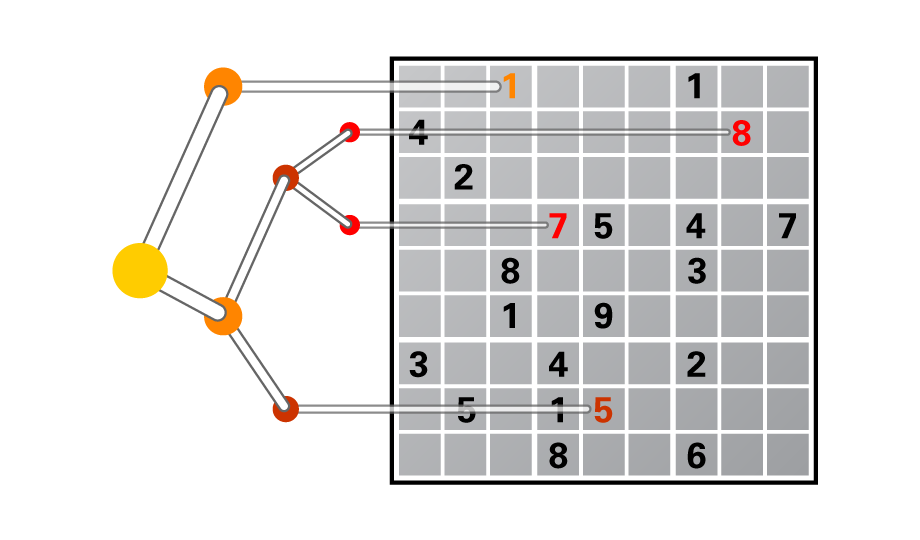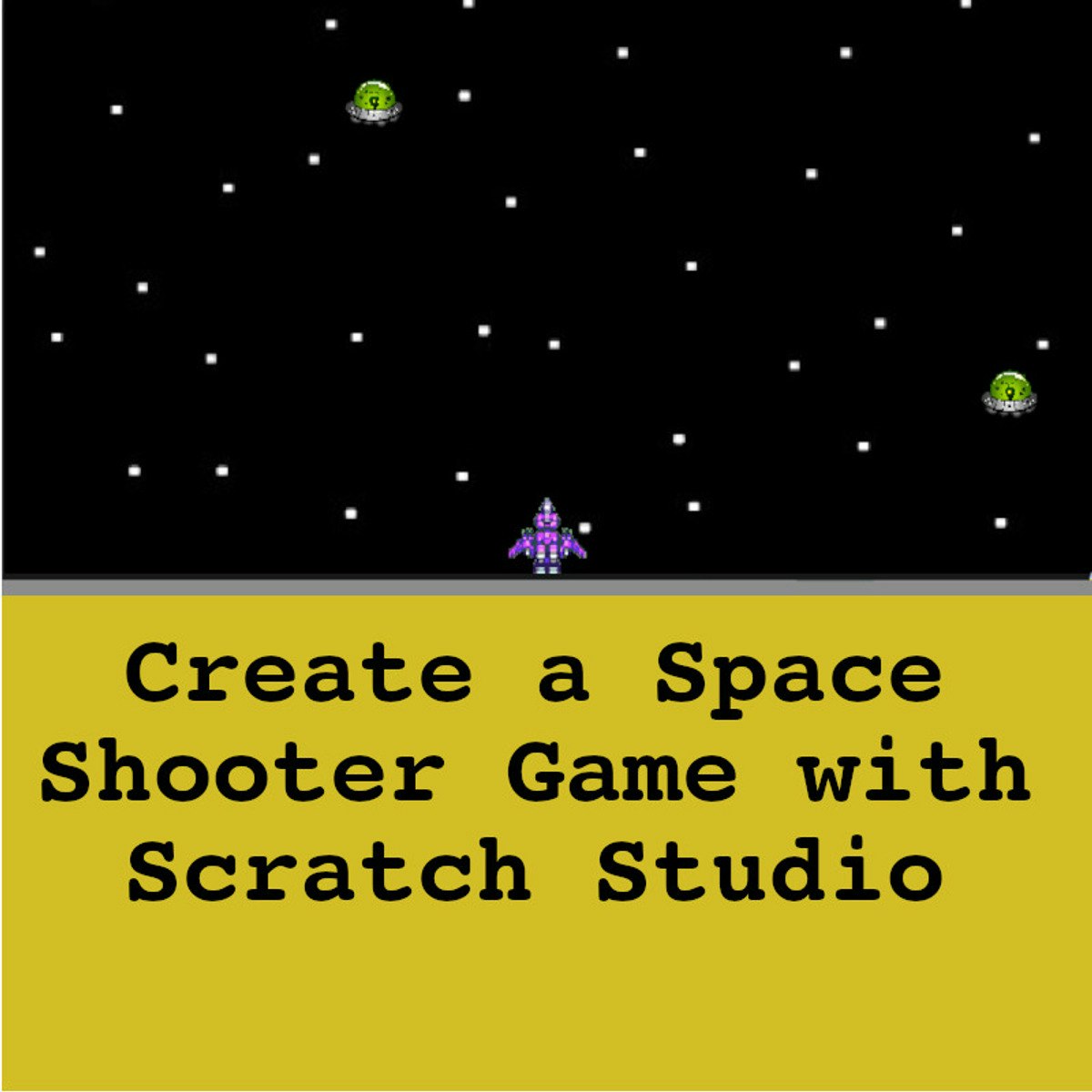Back to Courses









Computer Science Courses - Page 19
Showing results 181-190 of 2309

Discrete Optimization
Tired of solving Sudokus by hand? This class teaches you how to solve complex search problems with discrete optimization concepts and algorithms, including constraint programming, local search, and mixed-integer programming.
Optimization technology is ubiquitous in our society. It schedules planes and their crews, coordinates the production of steel, and organizes the transportation of iron ore from the mines to the ports. Optimization clears the day-ahead and real-time markets to deliver electricity to millions of people. It organizes kidney exchanges and cancer treatments and helps scientists understand the fundamental fabric of life, control complex chemical reactions, and design drugs that may benefit billions of individuals.
This class is an introduction to discrete optimization and exposes students to some of the most fundamental concepts and algorithms in the field. It covers constraint programming, local search, and mixed-integer programming from their foundations to their applications for complex practical problems in areas such as scheduling, vehicle routing, supply-chain optimization, and resource allocation.

Operations Research (3): Theory
Operations Research (OR) is a field in which people use mathematical and engineering methods to study optimization problems in Business and Management, Economics, Computer Science, Civil Engineering, Electrical Engineering, etc.
The series of courses consists of three parts, we focus on deterministic optimization techniques, which is a major part of the field of OR.
As the third part of the series, we study mathematical properties of linear programs, integer programs, and nonlinear programs. We also introduce applications of these theoretical properties: How they help us develop better ways to solve mathematical programs.

Hardware Security
In this course, we will study security and trust from the hardware perspective. Upon completing the course, students will understand the vulnerabilities in current digital system design flow and the physical attacks to these systems. They will learn that security starts from hardware design and be familiar with the tools and skills to build secure and trusted hardware.

Create a Space Shooter Game with Scratch Studio
In this 2-hour long project-based course, you will create a space shooter game using Scratch Studio. You will learn the user interface items of the Scratch Studio; how to create, move, clone, and collide game objects; how to configure their sound and visual effects; and how to communicate messages between game elements.
Note: This course works best for learners who are based in the North America region. We’re currently working on providing the same experience in other regions.

Autodesk Certified Professional: AutoCAD for Design and Drafting Exam Prep
Prove to potential employers that you’re up to the task by becoming an Autodesk Certified Professional. This online course from Autodesk prepares you by offering an overview of skills that match what is covered in the Autodesk Certified Professional: AutoCAD for Design and Drafting exam. The video lessons are structured to match the exam’s objective domains and follow the typical workflow and features of the AutoCAD software, including sections on drawing and organizing objects, drawing with accuracy, advanced editing functions, layouts, printing, and outputs, annotation techniques, and reusable content and drawing management. In the course, you will create drawing objects, manage layers, apply object snaps, and work with the User Coordinate System. You’ll edit objects and apply rotation and scale, array techniques, grip editing, offsets, fillet and chamfer, and trim and extend. You will also gain an understanding of exam topics such as layouts and viewports, output formats, and drawing management. Brush up on markup tools, hatch and fill, text, tables, multileaders, dimensioning, and much more.
About the Autodesk Certified Professional: AutoCAD for Design and Drafting Exam:
The Autodesk Certified Professional: AutoCAD for Design and Drafting exam is the recognized standard for measuring your skills and knowledge in AutoCAD. Certification at this level demonstrates a comprehensive skill set that provides an opportunity for individuals to stand out in a competitive professional environment. This type of experience typically comes from having worked with the software on a regular basis for at least 2 years, equivalent to approximately 400 hours (minimum) - 1200 hours (recommended), of real-world Autodesk software experience. Ready to take the exam? Schedule to take the exam online or find a testing center near you on pearsonvue.com/autodesk.
Looking for more skill-building courses? Check out Autodesk’s additional learning resources to help with your learning journey: https://www.autodesk.com/learning

React Native
React Native is an open-source framework for building cross-platform applications (apps) using React and the platform’s native capabilities. In this course, you will move from the basics of React to a more advanced implementation using React Native. You’ll review a wide range of different React components and ways of styling them. And you’ll get to practice using different mobile methods of interactivity with React Native.
Some of the basics skills you will learn include:
• Building a single-page React Native app and styling it using basic components
• Building large lists and configuring user inputs within a React Native app
• Using the Pressable component to build buttons and other clickable areas
• Setting up an app with React Navigation and moving between screens
You’ll gain experience with the following tools and software:
• React
• React Native
• Front End development languages (HTML, CSS and JavaScript)
• JSX
• Code editing programs, such as Expo and Visual Studio Code
This course is for learners who would like to prepare themselves for a career in mobile development. To succeed in this course, you will need foundational knowledge of React basics, internet navigation skills and an eagerness to code.

Conduct UX Research and Test Early Concepts
Conduct UX Research and Test Early Concepts is the fourth course in a certificate program that will equip you with the skills you need to apply to entry-level jobs in user experience (UX) design. In this course, you will learn how to plan and conduct a usability study to gather feedback about designs. Then, you will modify your low-fidelity designs based on insights from your research.
Current UX designers and researchers at Google will serve as your instructors, and you will complete hands-on activities that simulate real-world UX design scenarios. Learners who complete the seven courses in this certificate program should be equipped to apply for entry-level jobs as UX designers.
By the end of this course, you will be able to:
- Plan a UX research study, including the project background, research goals, research questions, Key Performance Indicators, methodology, participants, and script.
- Explain the importance of respecting privacy and user data.
- Conduct a moderated and unmoderated usability study.
- Take notes during a usability study.
- Create affinity diagrams to group and analyze data.
- Synthesize observations from research and come up with insights.
- Develop persuasive presentation skills to share research insights.
- Modify low-fidelity designs based on research insights.
- Continue to design a mobile app to include in your professional portfolio.
To be successful in this course, you should complete the previous three courses in the certificate program. Or, you need to have an ability to conduct user research to inform the creation of empathy maps, personas, user stories, user journey maps, problem statements, and value propositions; as well as an ability to create wireframes and low-fidelity prototypes on paper and in Figma.

Change the color in an image with Adobe Photoshop
In this project, learners will learn how to change color in an image with Adobe Photoshop. Learning this skill in Photoshop will teach you that you can take any image and change the colors in the image. The learners will learn how to change color in an image in two different ways. We will set a document in Photoshop and then import an image to the document. Learners will change one color from the image to a different color. The learners will also learn how to change one part of the image to a different color. We will be using the hue/saturation feature in Photoshop and the select tool to complete this project.

User Interface (UI) Design with Wireframes in Miro
By the end of this project, you will be able to apply design principles and customer-centric thinking to design a User Interface (UI) with the goal of improving the User Experience (UX).
To design a User Interface with Wireframe visualization, you will gain hands-on experience applying design thinking, user interface knowledge, and context from each step of the customer journey in the Miro online visual collaboration platform for teamwork.
Note: This course works best for learners who are based in the North America region. We’re currently working on providing the same experience in other regions.

Programming with JavaScript
JavaScript is the programming language that powers the modern web. In this course, you will learn the basic concepts of web development with JavaScript. You will work with functions, objects, arrays, variables, data types, the HTML DOM, and much more. You will learn how to use JavaScript and discover interactive possibilities with modern JavaScript technologies. Finally, you will learn about the practice of testing code and how to write a unit test using Jest.
Popular Internships and Jobs by Categories
Browse
© 2024 BoostGrad | All rights reserved


